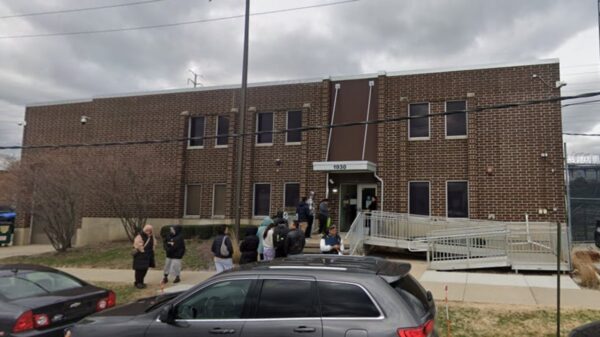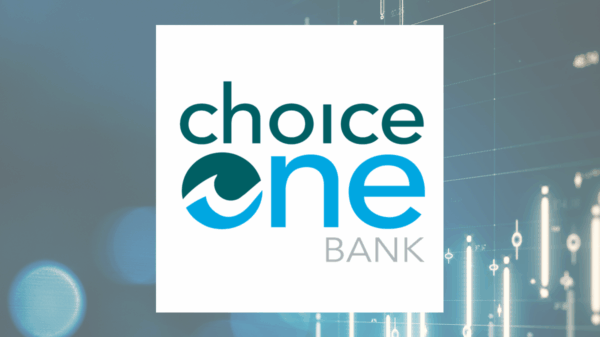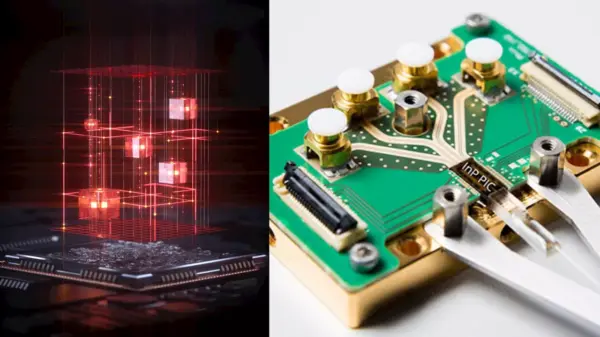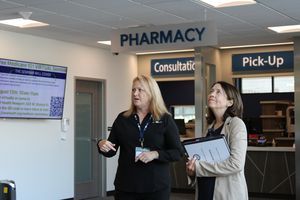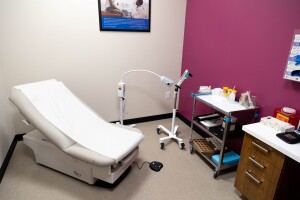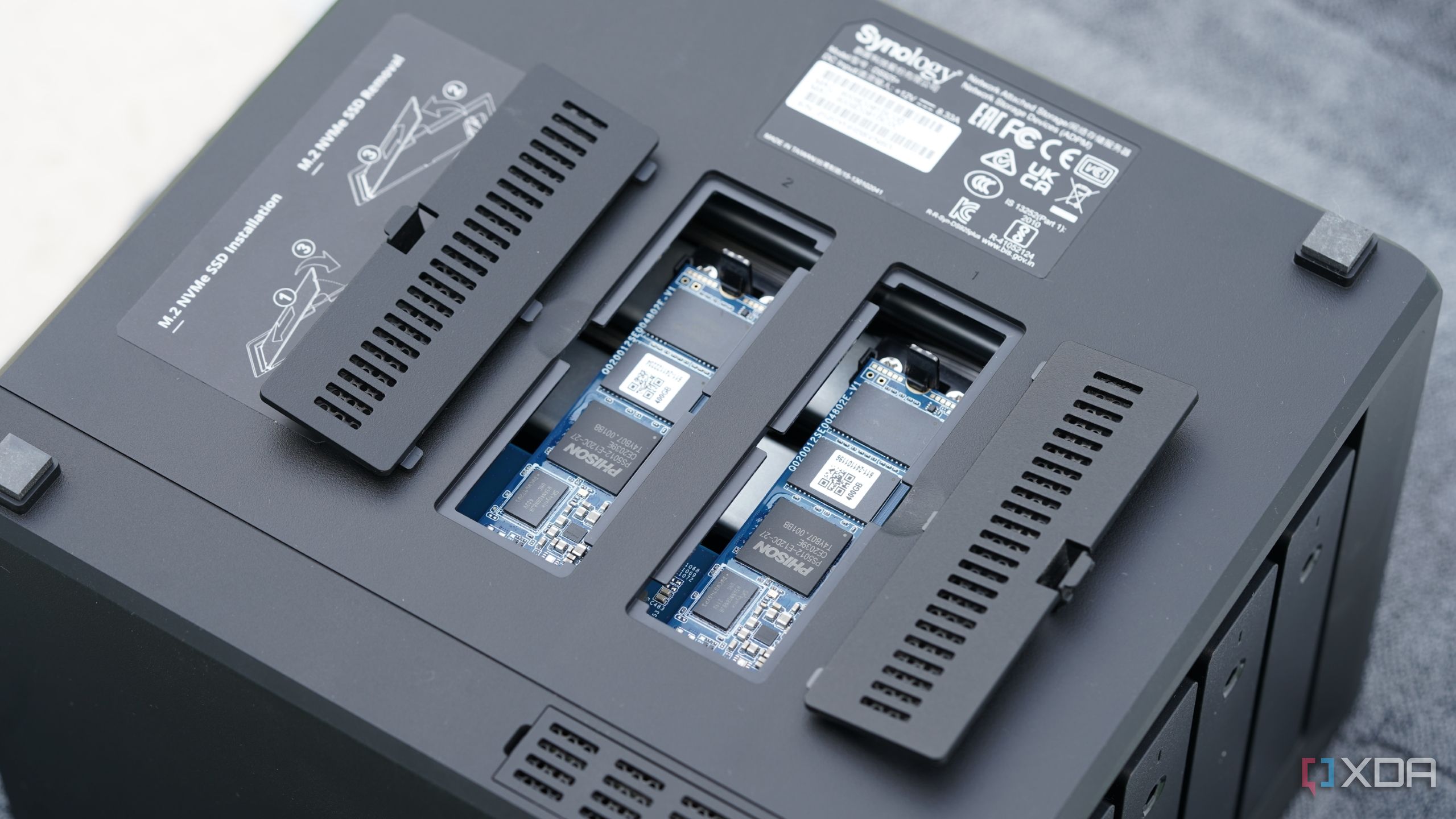URGENT UPDATE: Recent reports reveal that many users are facing disappointment with SSD caching for NAS systems, as performance improvements are minimal. As of October 2023, tech enthusiasts are discovering that traditional upgrades, such as increasing RAM and optimizing network settings, yield far better results for home setups.
Tech communities on Reddit and YouTube heavily promoted SSD caching as a miracle solution for enhancing NAS performance. Users anticipated significant speed boosts in file transfers and smoother media streaming. However, firsthand experiences indicate that this widely acclaimed feature may not deliver the expected results.
One user shared their experience after installing two NVMe drives for caching, only to find that the performance improvements were negligible. They noted that caching did not make their NAS “fly” as promised. Instead, the changes were subtle, leading to a greater realization about caching’s limitations.
Key Insight: Caching is designed to speed up access to frequently used data, but home NAS workloads are typically unpredictable. In scenarios where users access files infrequently, the caching benefits diminish. With typical usage including streaming media and backups, the anticipated speed from caching was not realized, as network speeds were still constrained by Gigabit Ethernet capabilities.
While some minor improvements were noted, such as smoother indexing in Synology Photos, these were not game-changing. A critical turning point for the user was the decision to disable SSD caching altogether. Surprisingly, they reported no adverse effects on file transfers or media streaming.
In an effort to identify other bottlenecks, the user upgraded their NAS RAM from 4GB to 8GB. This immediate upgrade resulted in smoother operations, particularly during high-demand tasks, as the NAS no longer needed to swap memory.
Additionally, the user explored networking enhancements. Since their NAS model lacked support for modern LAN port upgrades, they implemented link aggregation, effectively doubling the available bandwidth by using a second LAN port. This adjustment significantly improved performance, especially during simultaneous streaming and work activities.
The user emphasized that while SSD caching can enhance performance in specific applications, such as virtual machines and databases, it did not suit their home NAS usage. The combination of RAM upgrades and network optimizations provided a more substantial impact on daily operations.
As of now, those relying on SSD caching for their NAS setups are advised to reconsider their approach. By prioritizing RAM upgrades and optimizing network configurations, users can achieve a more efficient system without the need for costly NVMe drives.
As tech enthusiasts continue to share their findings, the conversation around NAS optimization is evolving. Users are encouraged to manage expectations regarding SSD caching and explore alternative solutions for performance enhancement.
Stay tuned for more updates as the tech community uncovers further insights into NAS performance optimization.













